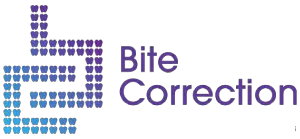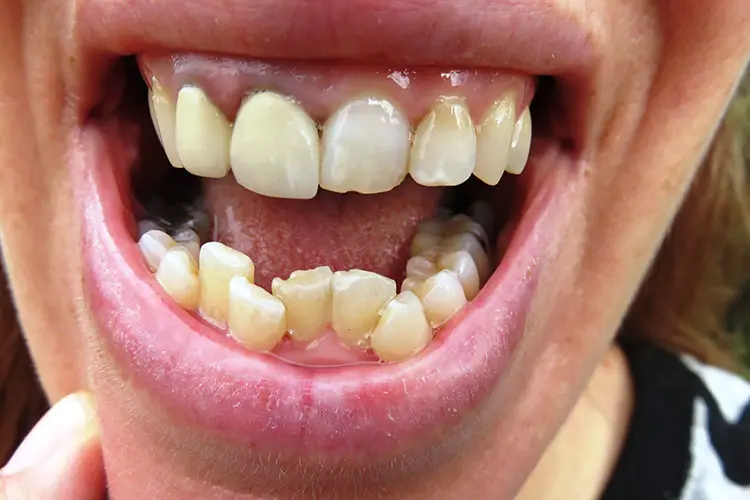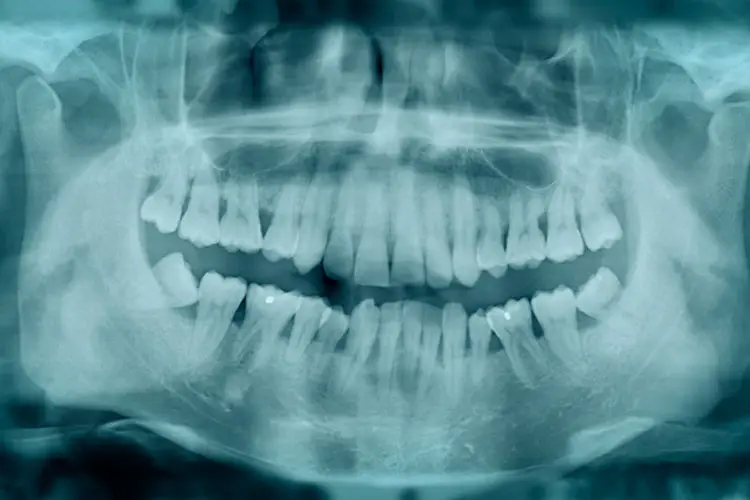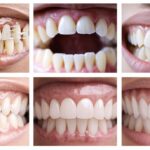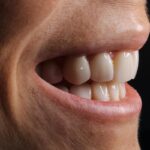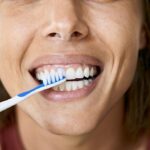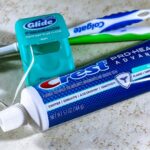Underbite is a term used to describe a Class III malocclusion. An underbite is a condition where the lower jaw protrudes forward, and in some cases, in front of the upper jaw. This condition gives the chin a prominent look and causes the lower teeth to overlap the upper teeth when the jaw is closed. It is estimated that 5 to 10 percent of the World’s population has some form of an underbite requiring underbite correction treatment. Underlying causes to an underbite suggest that it is genetic in some cases, but it can also be caused by long-term use of a bottle or pacifier, mouth breathing, tongue thrusting and thumb sucking.
Dental experts agree the sooner an overbite condition is addressed the better. Obviously, if it’s diagnosed and treated in children as young as 8 years of age, it’s easier to treat and outcomes are more successful, since children at that age are still developing and may not require surgery. If possible underbite correction options are not considered, long-term effects can be devastating. People with underbites may have problems maintaining proper oral health, eating disorders, problems with speech, can experience low self-esteem due to teasing and bullying, and may experience temporomandibular joint disorder, a condition that can cause extreme pain, tenderness, clicking and popping of the jaw. Left untreated, the end result can produce wear and tear of healthy teeth and gum tissue which can lead to recession and tooth loss.
Underbite Correction for Children
Underbite Correction treatment for young children should start with a consult with a general dentist and possibly a pediatrician. Once they’ve diagnosed the condition, dental specialists can suggest the best form of underbite correction treatment for your child. One form of treatment is using upper jaw expanders or a “palatal expander”. These plastic and wire molds, designed to fit in the roof of the mouth, widens the upper jaw. By placing pressure on the jawline by turning a midline screw at selected intervals, the upper teeth can be aligned with the lower teeth over time. The patient is given a small wire key that inserts into a small hole in the screw of the expander to widen it.
For underbite correction treatments, a combination of options may be used. An orthodontist may also recommend using a reverse-pull face mask in addition to a palatal expander. A reverse-pull face mask resembles a catcher’s mask and may be worn anywhere from 12 to 14 hours each day. With elastics or other appliances attached to the upper back molars, a forward gradual pressure is placed upon the arch that eventually pulls the upper jaw over the lower jaw.
Chin Cap Therapy
Another form of therapy for underbite correction is chin cap or cup therapy. With a chin cap the growth of the mandible (lower jaw) is redirected or restrained. The cap wraps around the chin and the top of the head, and the length of time for treatment will vary depending upon the underbite severity. A typical length of time may be one year.
Following these corrective measures, it may be necessary to fit the patient with braces depending upon the recommendations of the orthodontist. If underbite correction is provided early, you can give your childa lifetime of freedom from oral pain as well as a beautiful smile.
